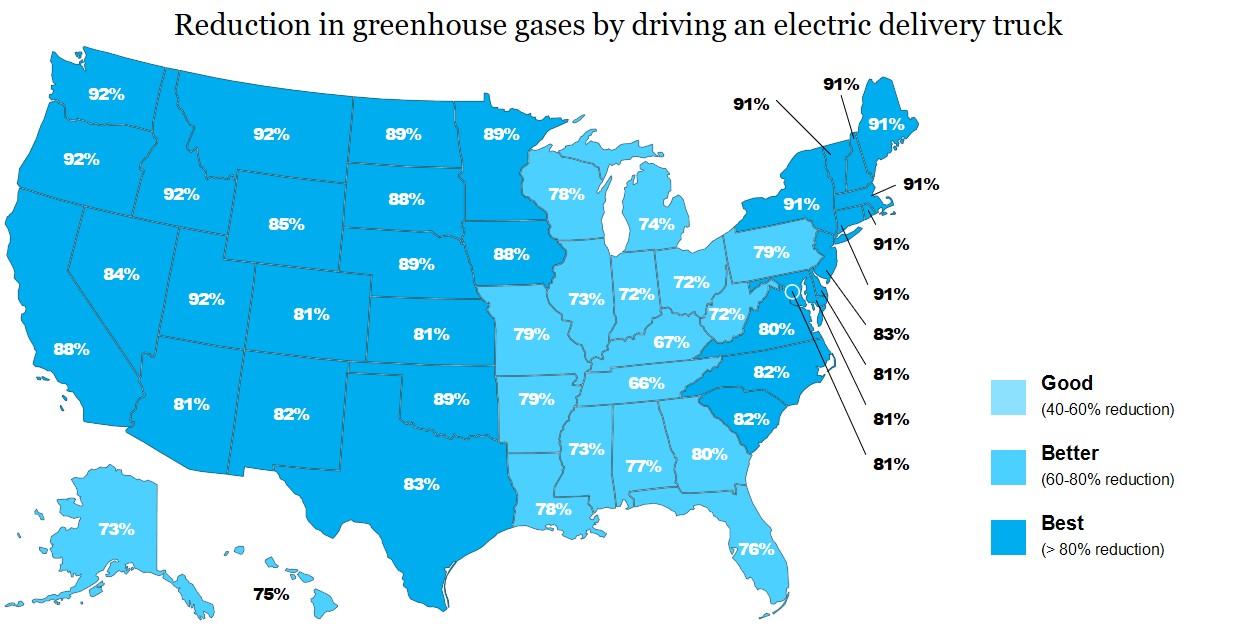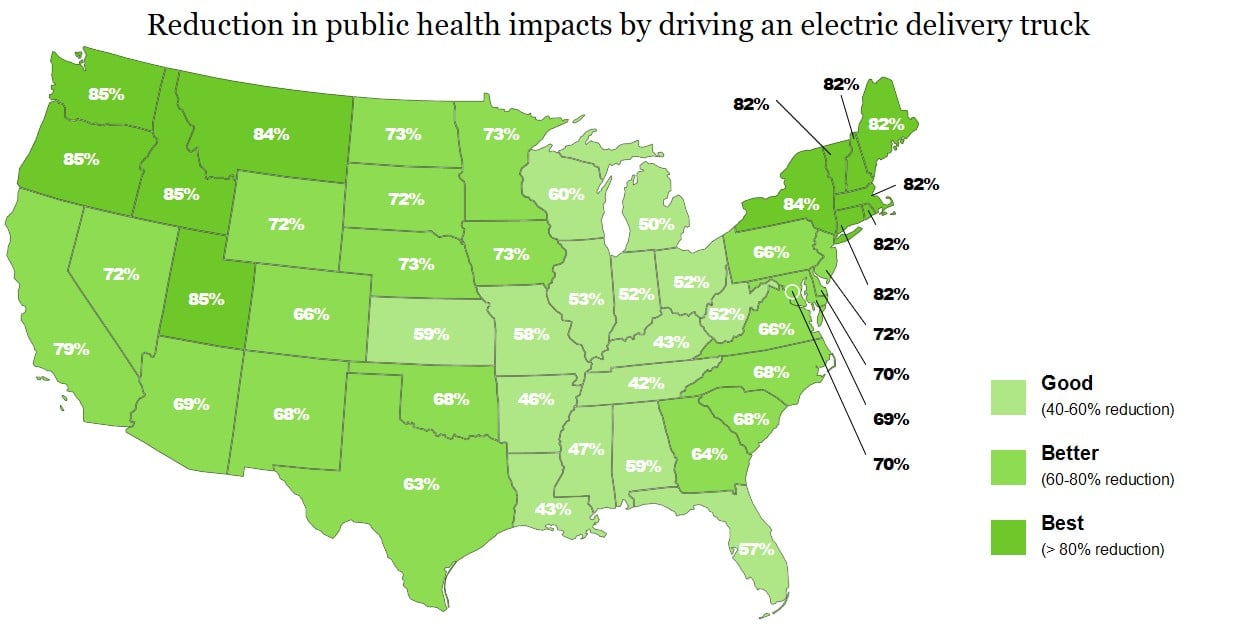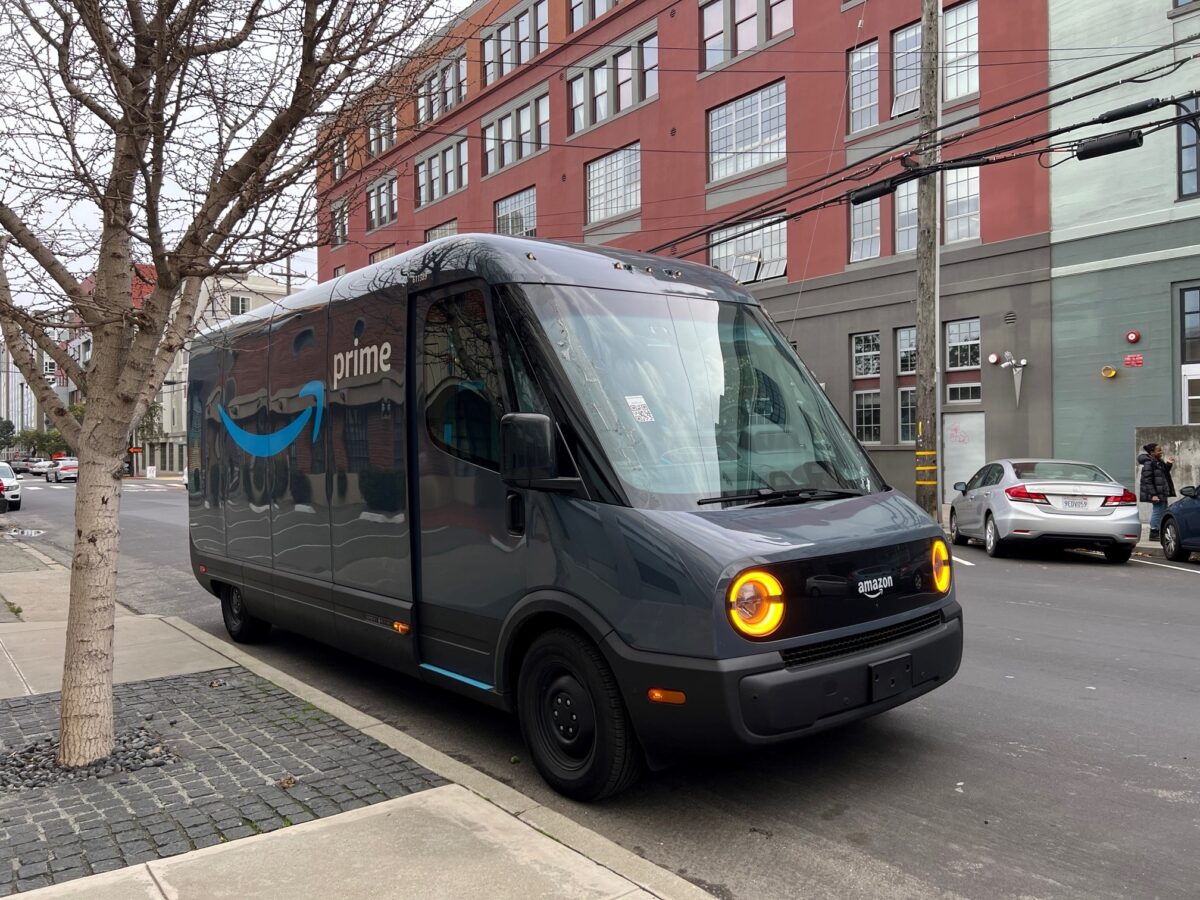With the holidays fast approaching, I sat down the other night to finish the list of gift ideas for the folks who’ve made my nice list. As I worked my way through family and friends, attempting to strategically formulate gift ideas within my budget, my mind drifted from the task at hand (as it often does) to ways I could reduce the environmental impacts of my holiday shopping and shipping decisions.
The holidays are the peak shopping time for US consumers. According to the National Retail Federation, around 20 percent of shopping occurs during November and December. Holiday shopping has grown consistently over the past decade at around 3.5 percent annually on average – outpacing population growth in the US by nearly 5 times.
Production of the gift itself and packaging contribute to pollution, however, I wanted to better understand this “last-mile” delivery impact. Would the footprint of my choices be greater if I shopped online versus driving to a local store? How would that change if I hopped on the electric bus route at the end of my block?
The answers to these questions are quite nuanced and vary greatly depending on where we live, the mode of transportation that our items travel, and what we purchase. A 2021 meta-analysis of over 40 peer-reviewed studies on the subject concluded that “there is no particular type of shopping that has an absolute environmental advantage and it is in no way possible to shop ourselves out of the environmental crisis.”
While the latter part of this conclusion is obvious, the former part isn’t as much. For example, home deliveries in some areas may cut climate-warming emissions compared to driving in a personal vehicle to purchase items in person. But while greenhouse gas emissions may be reduced, a delivery fulfilled by a diesel-burning truck may lead to increases in emissions of smog-forming nitrogen oxides and lung-damaging particulate matter. That said, expedited deliveries are often shown to have the highest emissions among all package modes of transportation as delivery system efficiencies are diminished and packages may take a cross-country plane trip.
The share of online transactions among total US sales grew from just under six percent in 2013 to around 15 percent in 2021, according to the Census Bureau’s Annual Retail Trade Survey. While the rise in online shopping and shipping has led to the displacement of shopping trips in personal vehicles and increasingly efficient deliveries, the related increase in warehouses has created significant negative health impacts for adjacent communities. The situation would indeed be much better if our gifts were delivered by a team of flying reindeer fueled by magic and apples instead of trucks running on polluting diesel fuel.
Electric Trucks Deliver Climate and Health Benefits
One throughline that cuts through the nuance of the science on the subject is that electrifying both freight and last-mile delivery significantly decreases the climate and public health impacts of our holiday shopping. Upcoming research from my colleague Dave Cooke shows that electric delivery trucks can reduce climate-warming emissions from driving by up to 92 percent and reduce lifecycle public health impacts by up to 85 percent compared to today’s average fossil-fueled delivery trucks. Even when accounting for pollution from electricity generation, electric trucks can significantly reduce air pollution and get us on a better track to addressing climate change. (Feel free to share this and our analysis of passenger car pollution with your cranky in-laws at the dinner table who still think electric vehicles pollute more than fossil-fueled vehicles!)

 Compared to operating diesel delivery trucks, electric delivery trucks will significantly reduce both climate-warming greenhouse gas emissions (top map) as well as air quality pollutants like smog-forming nitrogen oxides and lung-damaging fine particulate matter (bottom map). Dave Cooke/UCS
Compared to operating diesel delivery trucks, electric delivery trucks will significantly reduce both climate-warming greenhouse gas emissions (top map) as well as air quality pollutants like smog-forming nitrogen oxides and lung-damaging fine particulate matter (bottom map). Dave Cooke/UCSWhile it’s true that today’s large batteries increase the amount of pollution created by building electric trucks and buses compared to traditional models, their cleaner operations mean that today’s electric trucks are far cleaner over their lifecycle than those that run on diesel or natural gas. However, battery production is projected to become cleaner, and as the electricity grid gets cleaner, so do electric vehicles (See Figure 4 of our Driving Cleaner report). A 2023 International Council on Clean Transportation study on cradle-to-grave pollution of trucks in Europe shows that, while today’s battery-electric trucks are responsible for around one-third of the climate-warming pollution of a diesel truck, by 2030 this will shrink to around one-fifth of the pollution. Some of the same researchers are currently working on a comparable study for the United States and their preliminary results are similar.
2023 Delivered Meaningful Progress Toward Electrification
Another piece of good news is that this year has seen several large leaps toward commercial truck electrification:
- Ten states, comprising over 20 percent of the national market for heavy-duty trucks, have now adopted regulations that require manufacturers to produce and sell an increasing percentage of zero-emission trucks and buses.
- The number of available electric truck models in the US and Canada has surpassed 180.
- Electric truck charging technologies have expanded and public heavy-duty charging stations are beginning to come online with many more planned for the near term.
- The Postal Service increased its commitment to zero-emission vehicles in the first round of new delivery vehicles from 10 to 62 percent and committed to only purchasing electric delivery vehicles after 2026.
- California became the first jurisdiction in the world to require the largest and most polluting businesses to begin transitioning their trucks to zero-emission vehicles in 2024.
- New York City passed a bill requiring their 30,000 city vehicles (the world’s largest municipal fleet) to fully switch to zero-emission by mid-2035.
- Companies like Pepsi have successfully deployed electric tractor trucks carrying payloads up to 82,000 lbs. on routes between 250 and 450 miles.
Despite these positive facts, there’s still much progress to be made and the federal government must do more to push towards nationwide truck electrification.
 A Rivian electric delivery truck spotted in Oakland, California. Sam Wilson/UCS
A Rivian electric delivery truck spotted in Oakland, California. Sam Wilson/UCSEven as progress towards cleaner freight continues to be made, we still cannot shop our way to a more stable climate and healthier air. The point here is not to be a climate Grinch coaxing everyone into foraging gifts at the local city park. Rather, I think it’s valuable during this time of reflection, celebration, friends, and family to better understand the impacts of our consumption choices so that we’re informed and empowered to push for positive change.
Happy Holidays everyone!

 11 months ago
76
11 months ago
76


